Remote Work Trends 2025: The Future of Workplace Flexibility

Loading content...


Remote work in 2025 is no longer an experiment — it’s the foundation of a new era of workplace flexibility. As companies refine hybrid models and embrace global talent, technology and culture are transforming how teams collaborate and stay productive. From AI-powered communication tools to digital nomad policies and employee wellbeing initiatives, the modern workplace is evolving faster than ever. This article explores five key remote work trends, their benefits for employees and employers, the biggest challenges ahead, and what the future of work looks like beyond 2025.
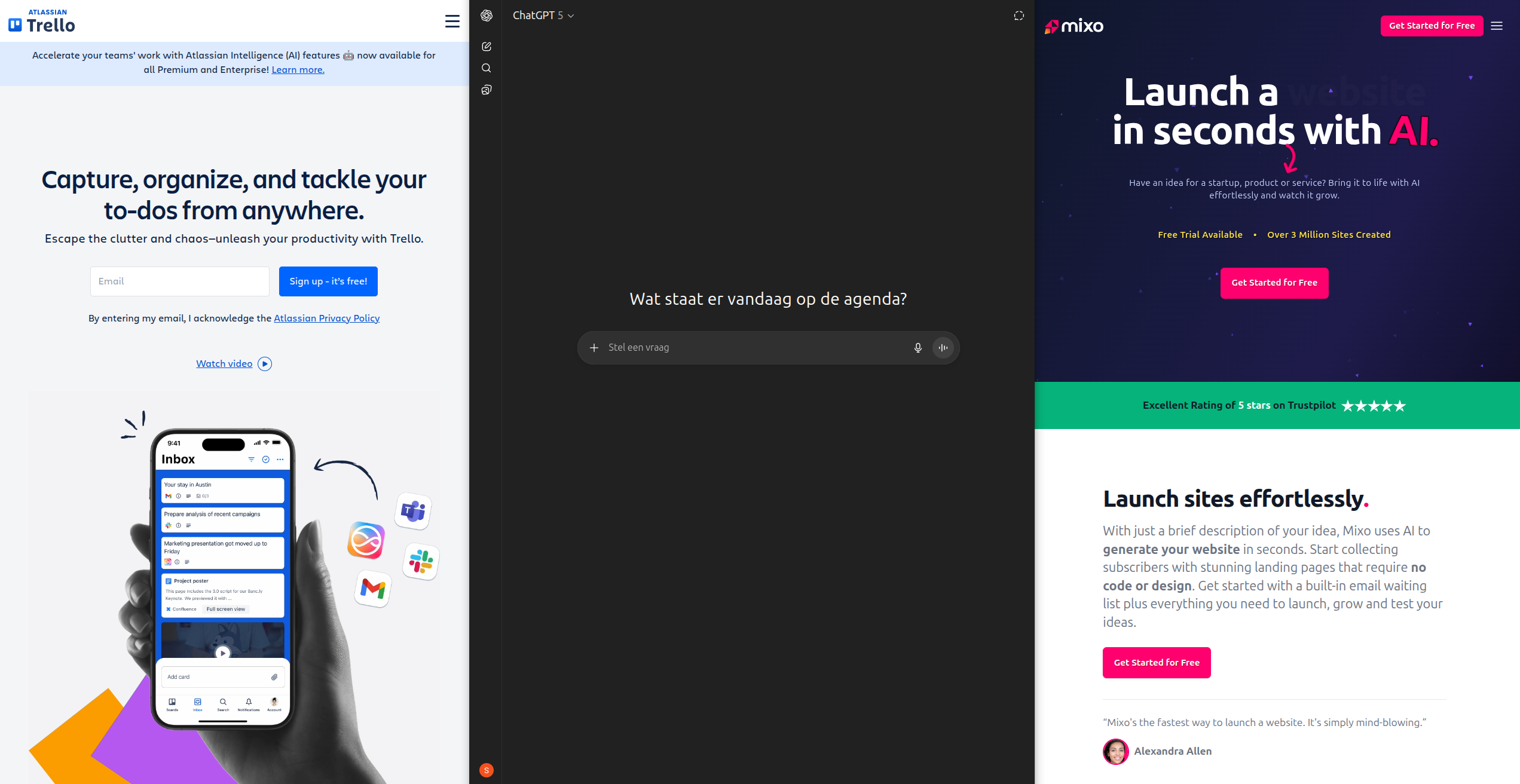
Artificial intelligence has become an essential part of the modern freelancer’s workflow. Whether you’re a writer, designer, developer, or marketer, AI can help you automate repetitive tasks, create high-quality content faster, and manage multiple clients efficiently. In this guide, we explore the most powerful AI tools for freelancers in 2025—from ChatGPT and Notion AI to Canva Magic Studio, Jasper, and Descript. You’ll learn what each tool does best, how to integrate them into your daily routine, and how to combine them to build your own AI-powered freelance toolkit.
Join 1,000+ freelancers receiving weekly platform reviews and insider tips.
Remote work has shifted from a temporary solution to a permanent evolution. What began as a pandemic-driven adjustment has become the cornerstone of modern workplace strategy. By 2025, organizations worldwide have embraced flexibility not just as a perk — but as a fundamental expectation.
According to a 2024 Gallup study, over 55% of professionals now work remotely at least part of the time, and 80% of job seekers rate flexibility as a top priority when considering new opportunities. The definition of “the office” is expanding — from home desks to global coworking hubs, from virtual offices to metaverse workspaces.
Let’s explore the five key trends shaping remote work in 2025 and how they’re redefining both productivity and culture in the years ahead.
The hybrid work revolution continues to mature in 2025. Companies have moved beyond trial phases to structured hybrid models that balance collaboration and autonomy.
Flexible scheduling: Many firms now let teams choose their own in-office cadence (often 2–3 days per week).
Decentralized offices: Businesses invest in regional coworking memberships instead of fixed headquarters.
Outcome-based management: Success is measured by results, not hours spent online.
Example: Salesforce’s “Flex Team Agreements” empower departments to customize hybrid schedules, leading to a 27% increase in engagement (Salesforce, 2024).
The hybrid model isn’t about compromise — it’s about optimization. Employees enjoy social interaction without losing focus time, while employers gain agility and reduced overhead costs.
💡 Tip: Define hybrid norms clearly (e.g., “2 focus days remote, 1 collaboration day on-site”) and document them in a shared handbook to avoid ambiguity.
Artificial intelligence is the beating heart of remote collaboration in 2025. From AI meeting assistants that summarize conversations to smart project dashboards that auto-update tasks, AI is transforming productivity.
Tools like Slack AI, Notion AI, and Zoom’s AI Companion handle repetitive tasks such as note-taking, transcription, and scheduling, letting teams focus on strategy and creativity.
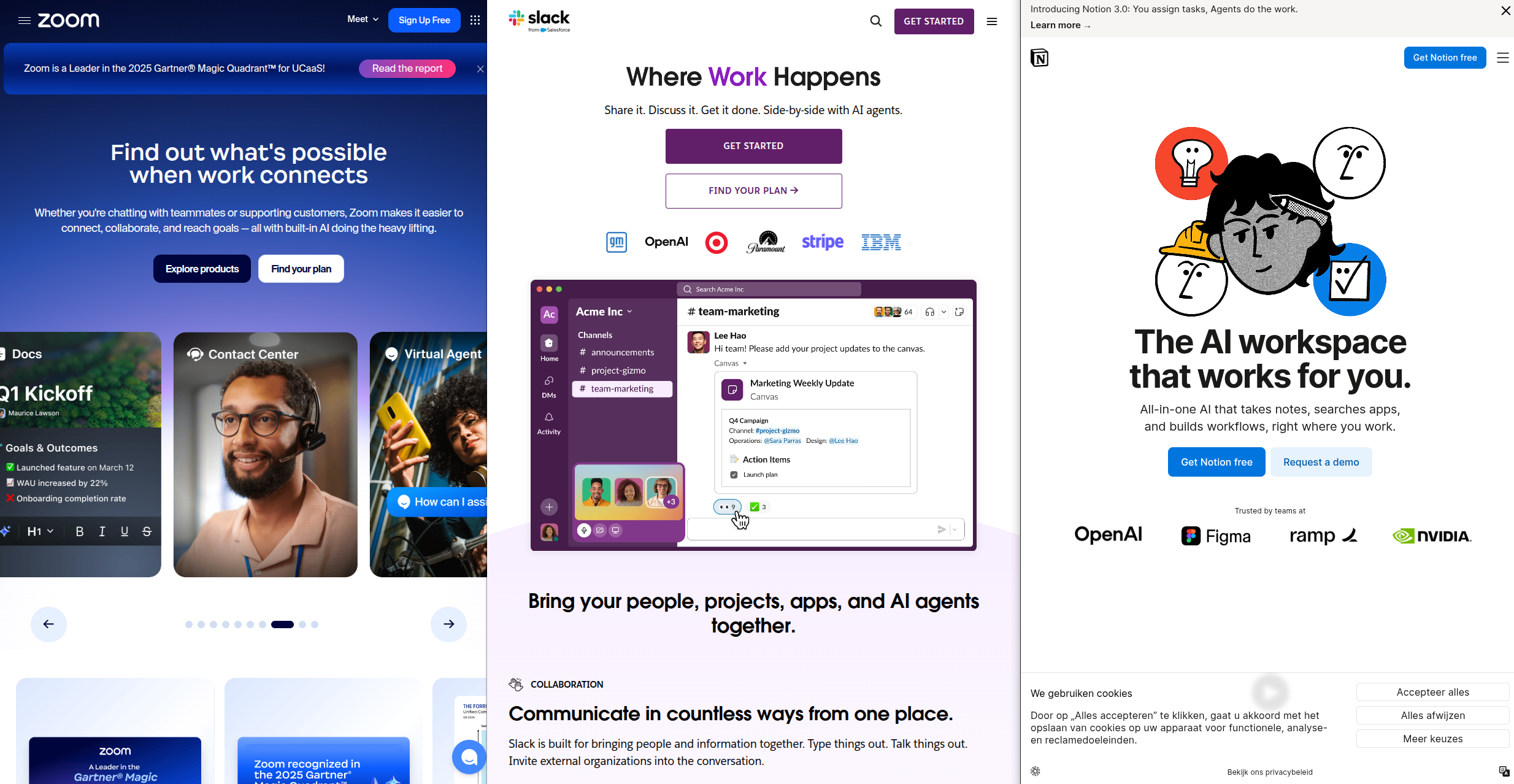
Automated meeting summaries and action lists
Predictive workload balancing
Sentiment analysis for team morale
Smart document search across apps
Statistic: According to Microsoft’s 2025 Work Trend Index, 71% of employees say AI saves them at least three hours a week — the equivalent of an extra workday every month.
🚀 Quick Takeaway: Enable AI summaries by default on recurring meetings and post them to a shared channel to reduce note-taking and context loss.
The dream of “work from anywhere” is now a global reality. In 2025, digital nomad visas and remote residency programs have expanded across Europe, Asia, and Latin America, inviting skilled professionals to live and work abroad legally.
Countries like Portugal, Thailand, and Costa Rica now offer multi-year visas for remote professionals earning above specific thresholds. These policies are reshaping local economies and attracting diverse, mobile communities.
Global co-living hubs and nomad villages offer networking and support.
Cloud-based tax and payroll tools simplify compliance for borderless workers.
Freelancers benefit from increased access to international clients and markets.
Statistic: The number of digital nomads grew by 35% in 2024, surpassing 40 million worldwide (Statista, 2025).
With teams spread across time zones, asynchronous work has become the backbone of global collaboration. Instead of endless meetings, async communication prioritizes written updates, recorded video briefs, and transparent documentation.
Popular async tools include Loom, ClickUp, Basecamp, and Notion.
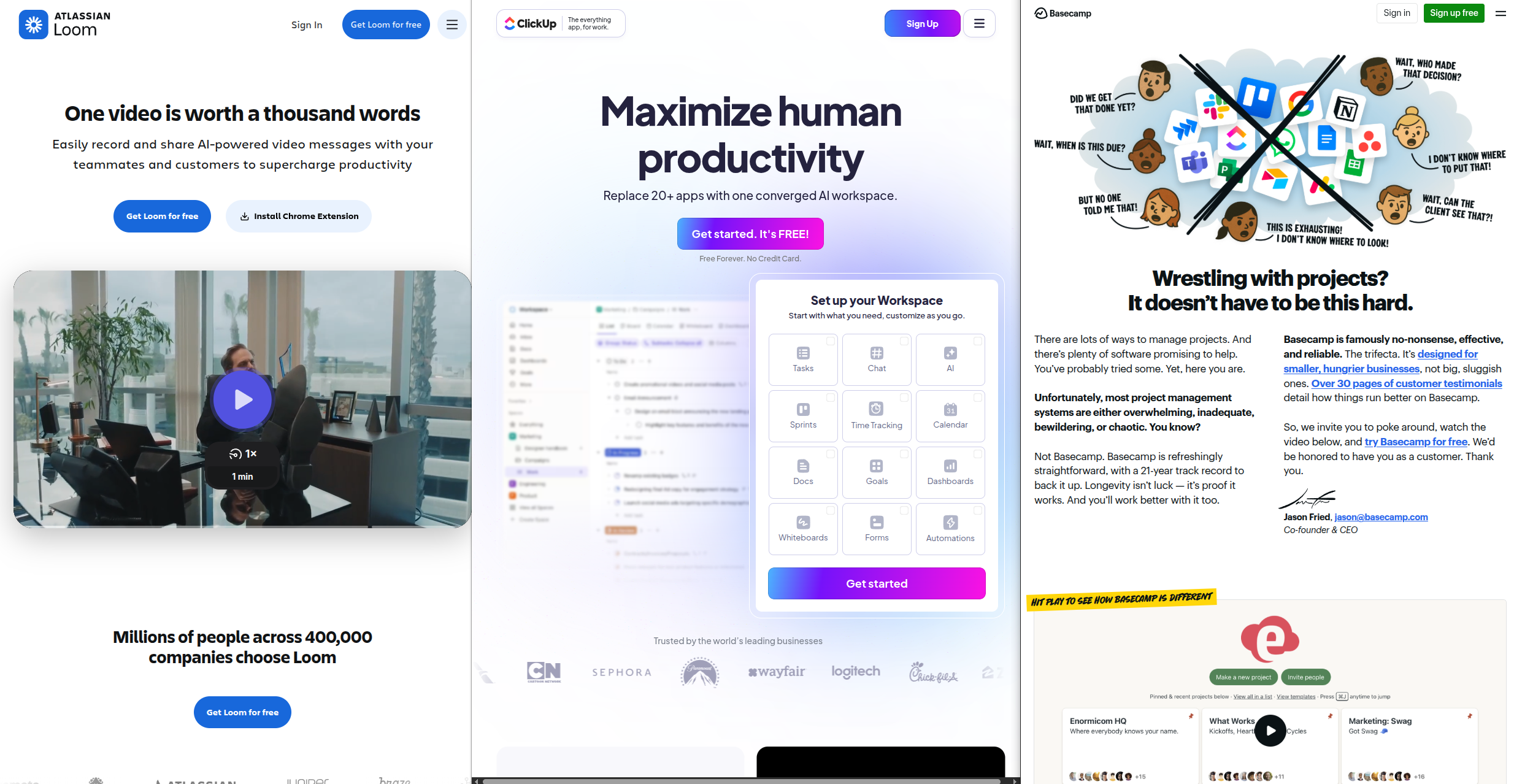
Fewer time zone constraints
Increased focus and deep work
Reduced meeting fatigue
Statistic: A 2024 Buffer report found that 83% of remote professionals prefer asynchronous updates to daily meetings, citing improved concentration and autonomy.
💡 Tip: Standardize async updates (e.g., a weekly Loom + written summary) and set response-time SLAs to keep momentum without forcing meetings.
In 2025, workplace flexibility is as much about mental health and balance as it is about productivity. Employers have learned that sustainable performance depends on employee wellbeing.
Mandatory “no meeting” days
Virtual wellness programs and online therapy support
Budget allowances for ergonomic home setups
Four-day workweek experiments
Statistic: According to the 2024 Deloitte Workforce Wellbeing Survey, companies with robust wellbeing programs report 33% higher retention and 25% lower absenteeism.
🧘 Quick Takeaway: Pair “no meeting” days with focus-time blocks in calendars to protect deep work and reduce context-switching.
Improved work-life balance: Flexible hours enable better family time and self-care.
Higher productivity: Fewer office distractions and personalized workflows.
Cost savings: Reduced commuting and lunch expenses add up to thousands annually.
Expanded opportunities: Remote work removes geographic barriers to high-paying roles.
Statistic: FlexJobs reports that 87% of remote employees say their productivity has improved compared to traditional office settings.
Larger talent pool: Recruit globally without relocation costs.
Reduced overhead: Lower real estate and facility expenses.
Better retention: Employees offered flexibility are 2x more likely to stay long-term.
Enhanced diversity: Access to international talent fosters more inclusive teams.
Example: Dell Technologies saved $12 million annually after optimizing its hybrid workforce structure.
Challenge: Misalignment due to fewer real-time interactions.
Solution: Use tools like Slack and Microsoft Teams for structured updates.
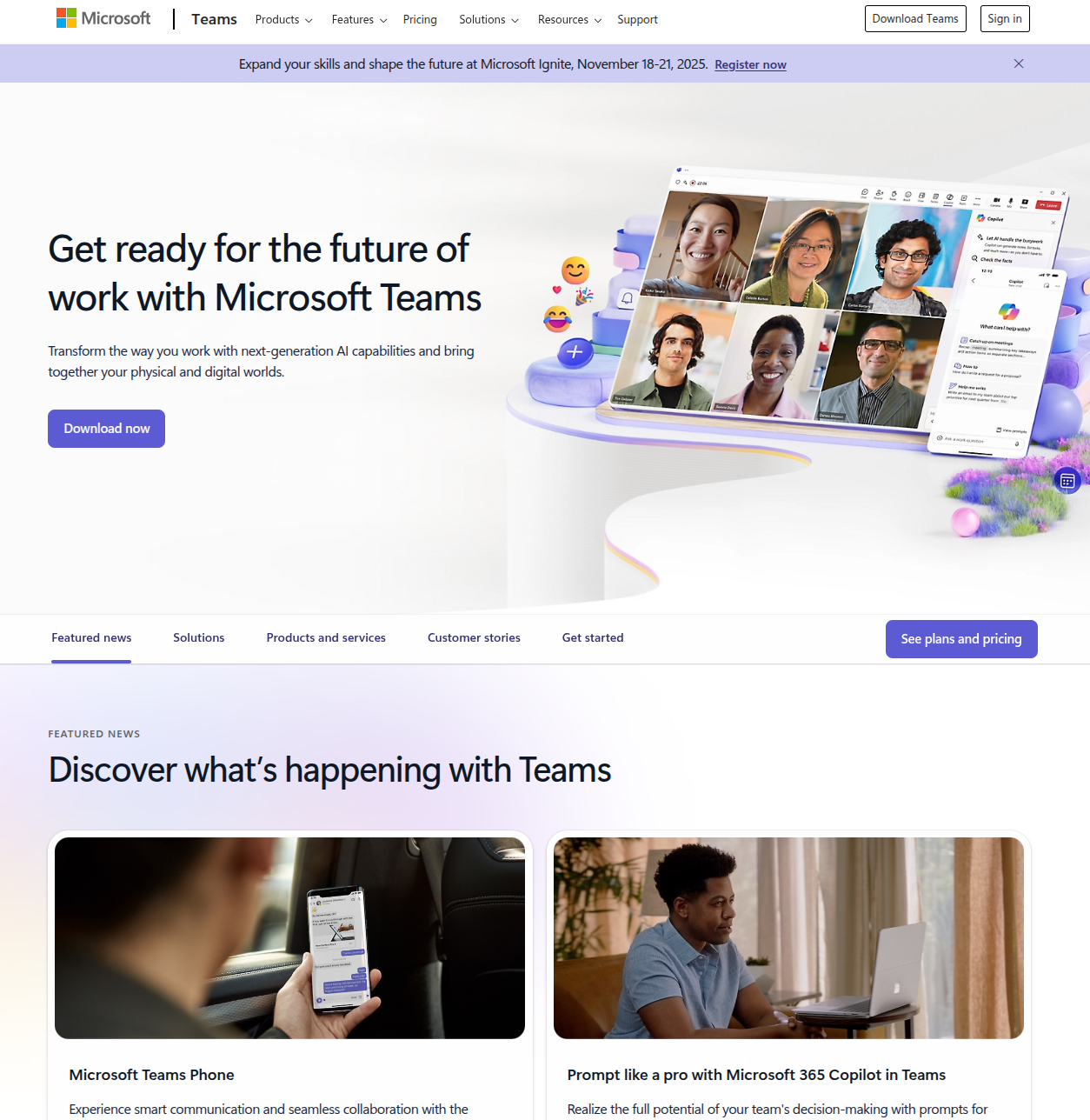
Challenge: Remote employees may feel detached from company culture.
Solution: Encourage virtual coffee chats, team retreats, and recognition tools like Bonusly or Kudos.
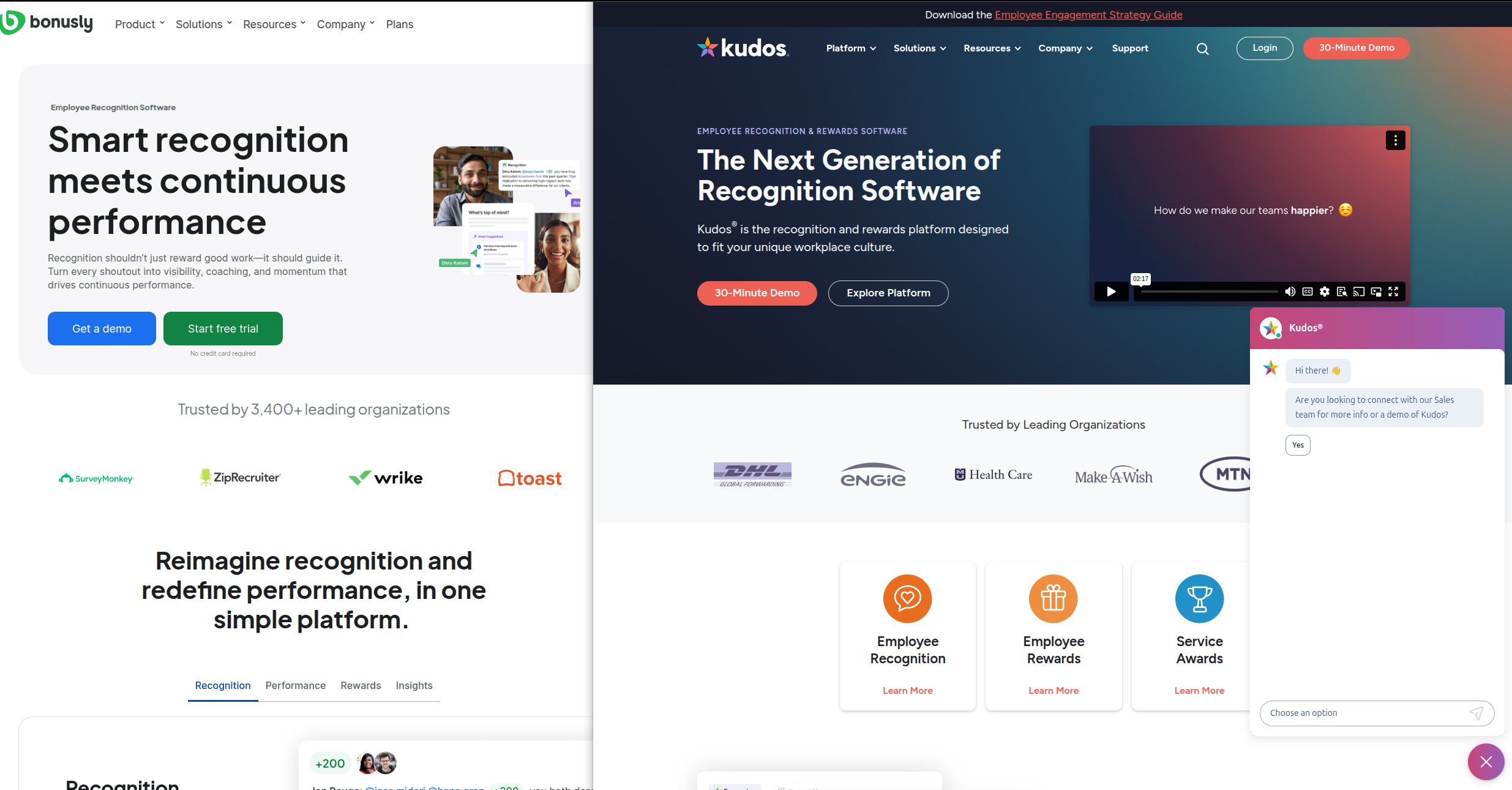
Challenge: Culture dilution across time zones.
Solution: Reinforce shared values through digital onboarding, town halls, and storytelling in internal newsletters.
💬 Pro Tip: Consistency beats frequency — culture grows through repeated behaviors (rituals, recognition, retros) more than occasional socials.
Choosing the right tech stack is essential to keeping remote teams connected, productive, and secure. Here are the most reliable tools powering workplace flexibility in 2025:
Slack — Real-time messaging and team channels for async communication.
Microsoft Teams — Enterprise-grade video meetings and integrated document collaboration.
Zoom — Reliable video conferencing with AI-powered transcription and summaries.
Notion — A flexible all-in-one workspace for project tracking, notes, and databases.
ClickUp — Comprehensive task and goal management for distributed teams.
Trello — Visual Kanban boards to improve transparency and accountability.
Loom — Record and share quick video updates to replace long meetings.
Basecamp — Clear project ownership and message boards for async workflows.
Figma — Real-time collaborative interface design for creative teams.
Miro — Interactive whiteboard for brainstorming, mapping, and workshops.
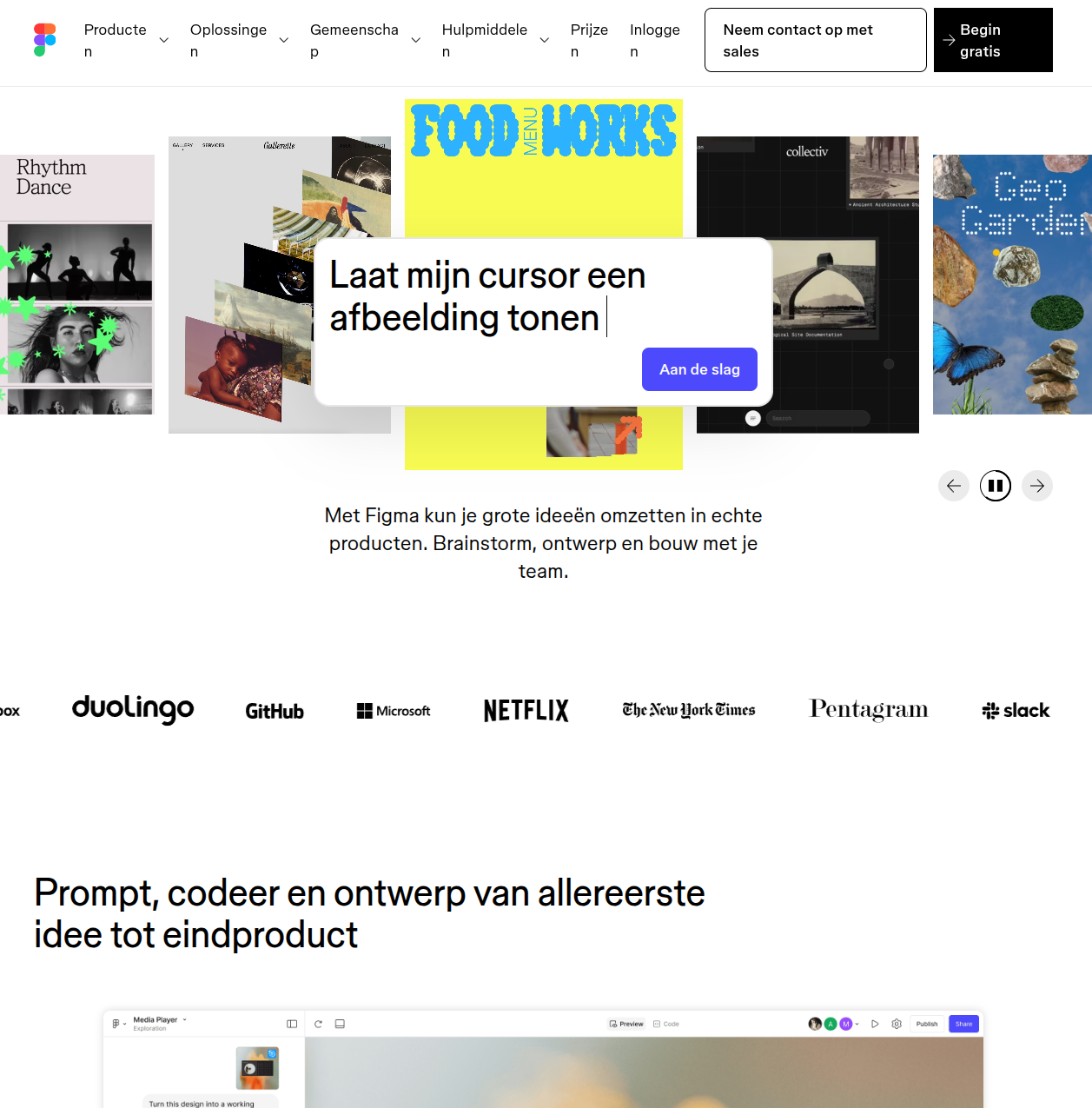
Okta — Secure identity and access management for distributed teams.
1Password — Encrypted password management and sharing for businesses.
Duo Security — Two-factor authentication and endpoint protection.
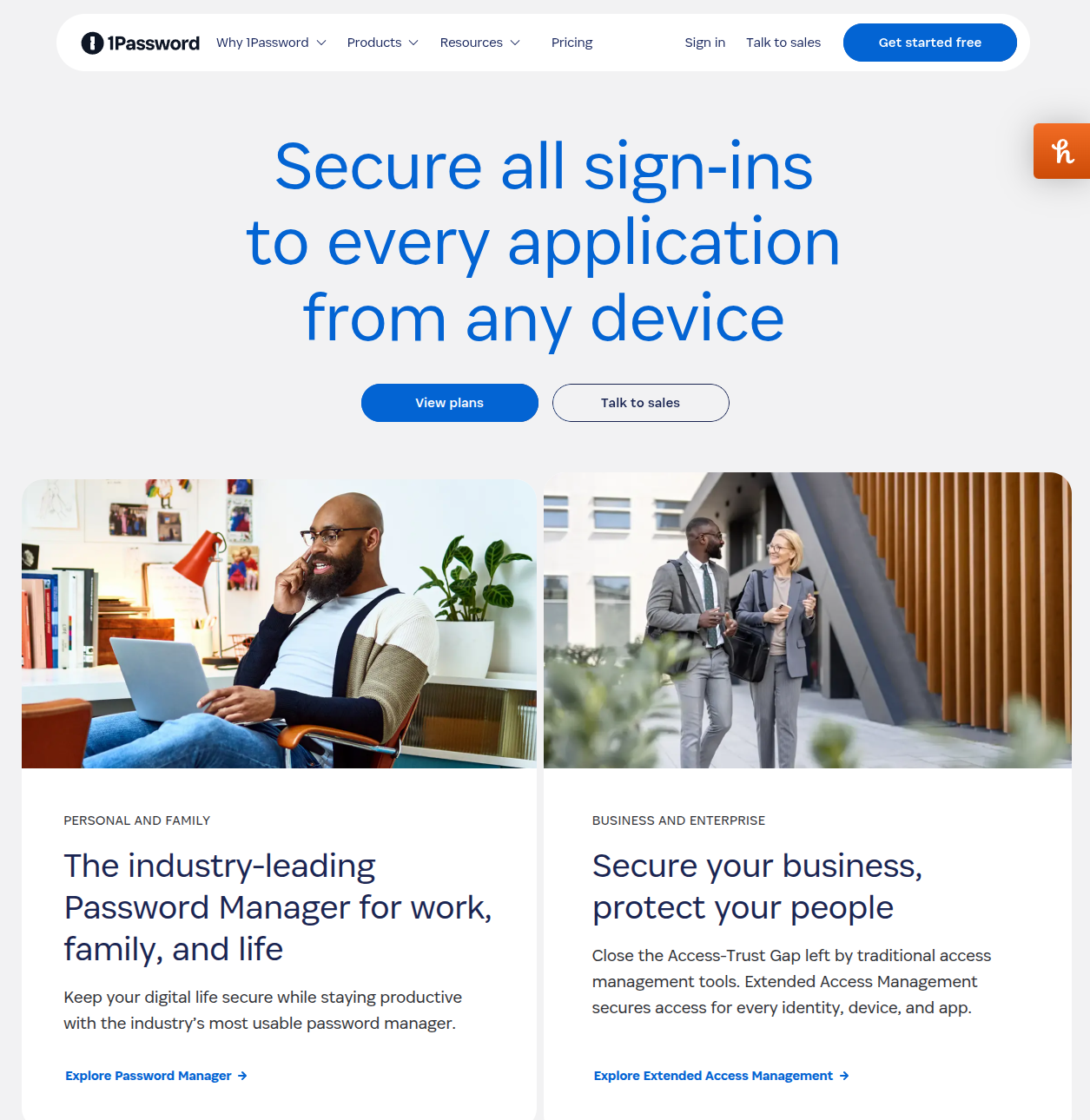
Deel — Hire and pay international employees and contractors compliantly.
Remote.com — Simplify payroll, taxes, and legal compliance for global teams.
Papaya Global — Comprehensive global workforce and payment automation platform.
💡 Tip: Integrate your tools within one secure ecosystem (e.g., Google Workspace or Microsoft 365) for smoother collaboration and fewer bottlenecks.
AI co-workers will handle repetitive admin tasks autonomously.
Virtual reality offices will make immersive meetings the norm.
Decentralized teams will operate without physical HQs.
Four-day workweeks will gain traction as productivity metrics improve.
Work-from-anywhere visas will become standard across Europe and Asia.
Forecast: By 2030, 70% of digital professionals are expected to work remotely or hybrid, supported by AI and automation (McKinsey Future of Work Report, 2025).
The future of work is flexible, intelligent, and global. In 2025, remote work represents not just a new way of working — but a new way of living.
Embrace hybrid as the norm: It’s the optimal balance of flexibility and collaboration.
Leverage AI tools: Automate admin tasks and enhance productivity.
Prioritize wellbeing: Sustainable performance begins with healthy employees.
Invest in async communication: Empower teams to work across time zones.
Focus on outcomes, not hours: Trust and autonomy drive innovation.
Workplace flexibility is no longer a differentiator — it’s the foundation of future-ready organizations. The companies that adapt fastest will lead the next decade of innovation, inclusion, and growth.